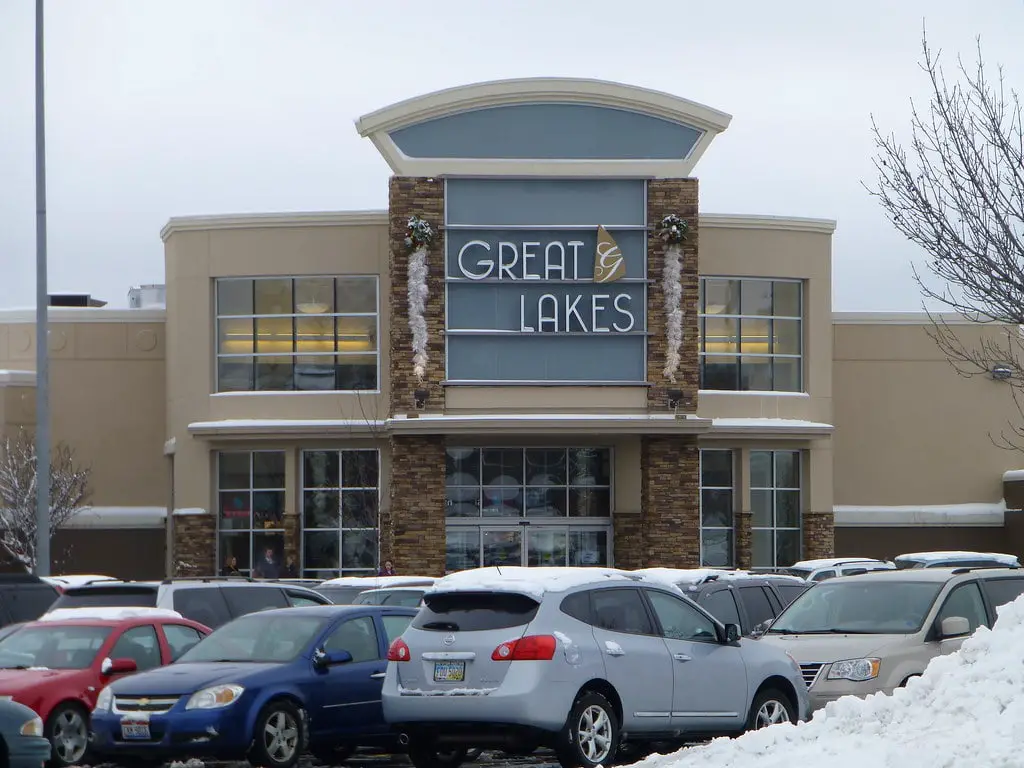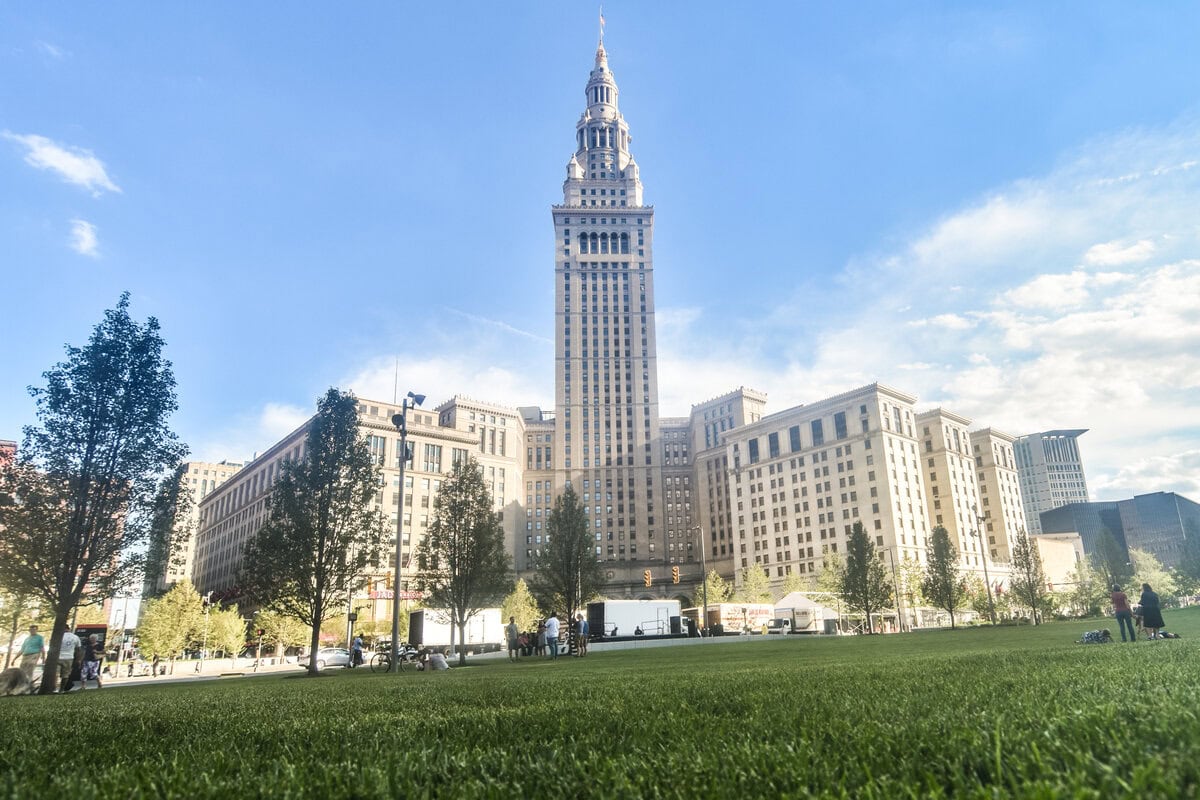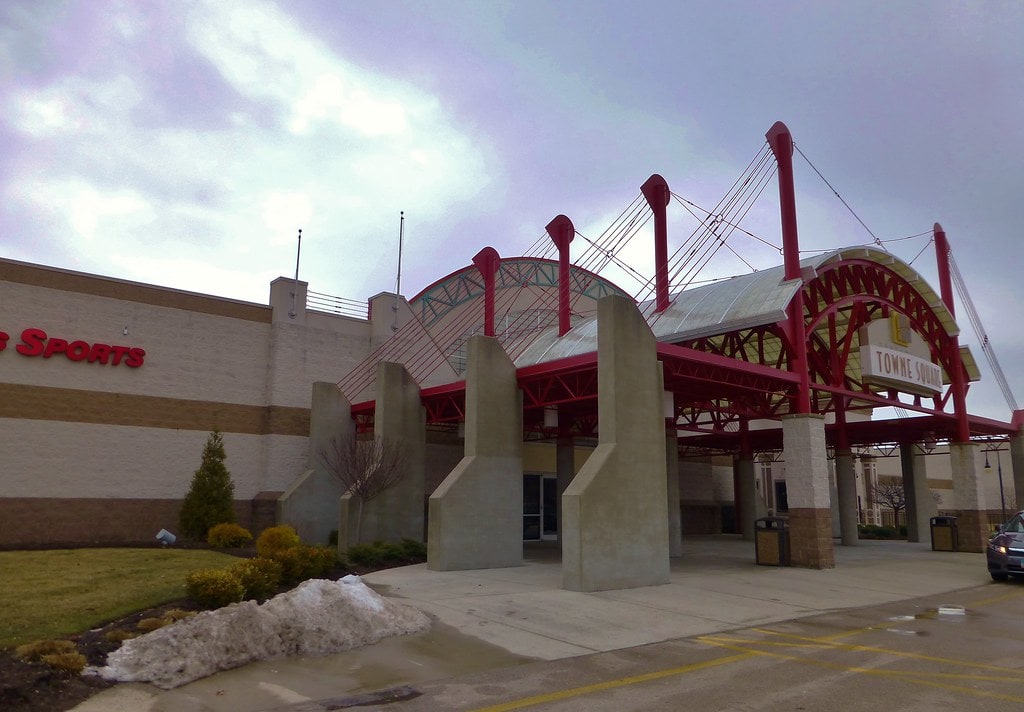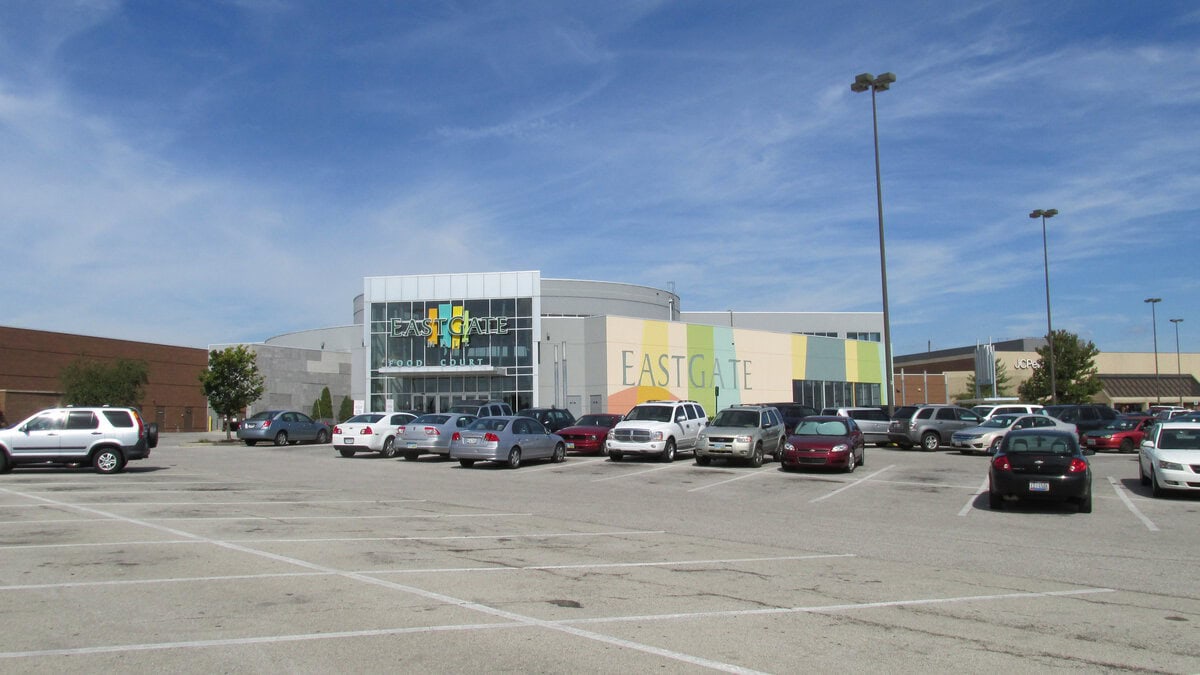Retail Groundbreaking and Early Trade Patterns
Great Lakes Mall opened its doors on January 17, 1961. Located on Mentor Avenue - U.S. Route 20 - in Mentor, Ohio, it was part of a growing retail corridor northeast of Cleveland.
The project came from Edward J. DeBartolo Sr., a developer who had already made his mark on mid-20th-century American shopping centers.
At the time, the land was owned by the Glazer-Marotta Company.
The original design featured two open-air concourses that extended from an enclosed central hub.
This combination wasn't unusual for the period, but it didn't stay that way for long.
Developers moved quickly: by May 17, 1963, the north concourse was enclosed.
The south concourse followed in 1969, completing the transformation into a full indoor mall.
This shift matched broader national trends favoring climate-controlled retail spaces.
The anchor lineup started modestly. JCPenney opened on July 13, 1961. A month later, J.J. Newberry followed.
Other early tenants were Firestone, Kinney Shoes, and Fisher Foods - each aimed at drawing repeat foot traffic.
The names may change, but the formula's familiar: a mix of hard goods, footwear, groceries, and service-based leases to balance risk.
The Great Lakes Mall's footprint expanded as department stores saw value in suburban square footage.
This site in Lake County became one of several tied to the shift in consumer behavior, out of downtowns and into single-site, automobile-focused centers.
Even now, when people search for things to do near Cleveland, Ohio, the mall often comes up.
The retail mix may change, but the structure behind it - physical and commercial - has been in place since those early years.

Property Enhancements and Retail Renovation Cycles
By the late 1960s, Great Lakes Mall had already moved away from its original half-open structure.
But expansion didn't stop with enclosures. The next two decades brought new buildings, upgrades, and reshaped square footage.
In 1966, JCPenney added a second floor and built a freestanding auto center, standard for the chain at the time, as full-service shopping meant oil changes alongside sweaters and shoes.
A few years later, on October 13, 1969, Higbee's opened a two-level department store.
That addition helped reposition the mall toward the higher end of regional retail.
Then came May Company's entrance in 1964, with its two-story building backing up to the east end of the complex.
The arrival of full-line department stores gave the mall a deeper inventory and longer shopper dwell times.
Retailers didn't just want traffic - they needed shoppers to stay and cross categories.
The late 1980s brought a larger overhaul. In 1988, owners launched a renovation plan that ran for several years.
It wasn't flashy, but it hit key areas: updated flooring, refreshed public seating, and a dedicated food court to keep people on-site longer.
This was a response to growing pressure from other regional malls and early signs of market saturation.
Updates returned in 2011.
These weren't structural so much as cosmetic - new lighting, improved landscaping, and tweaks to the layout of gathering areas.
The work helped sustain lease renewals and addressed wear and tear from five decades of use.
Anchor Shifts and Retail Realignment
Changes began in earnest in the 1990s, though the groundwork was laid earlier.
May Company switched to Kaufmann's in 1993 after May Department Stores acquired the Pittsburgh-based chain.
That rebrand wasn't long-lived. By 2006, Kaufmann's was folded into Macy's, part of a much larger consolidation wave across the industry.
The Great Lakes Mall Macy's lasted until April 2021, when the company closed 46 stores nationwide.
Higbee's, once a major draw, became Dillard's in August 1992.
The deal was part of Dillard's move into the Midwest.
At Great Lakes Mall, the name changed, but the footprint remained: two floors covering 167,000 square feet.
By 2017, however, Dillard's was reevaluating space needs.
They closed the north building that spring, combining men's and women's departments into a single south location.
Horne's came in during 1974 but left less than 20 years later.
Dillard's North eventually took over that spot. Once Dillard's consolidated, the empty anchor didn't stay idle for long.
Round 1 Entertainment opened in April 2018 on the first floor of the old Dillard's North - repurposing 50,000 square feet for bowling, games, and indoor attractions.
Sears had its timeline. The store opened in 1970 and operated for nearly five decades before shutting down in September 2017.
At the time, it measured over 234,000 square feet.
Each exit forced a new strategy - either bringing in a new type of tenant or reworking the space altogether.
Ownership Transitions and Real Estate Repositioning
Great Lakes Mall has changed hands more than once over the past decade.
These shifts weren't always front-page news, but they shaped the mall's direction behind the scenes.
On May 28, 2014, Simon Property Group - the largest mall owner in the country at the time - transferred the property to a spin-off called Washington Prime Group (WPG).
This move was part of a strategy to separate higher-performing assets from those seen as more stable or slow-growing.
Great Lakes Mall fell into the second category.
Once under WPG's umbrella, the property joined a portfolio made up largely of regional shopping centers.
WPG didn't keep the same name for long.
It rebranded as WP Glimcher following a merger in 2015 and then reverted to Washington Prime Group by early 2017.
By April 2025, WPG is again in the spotlight.
Following years of financial strain, the company plans to sell its entire remaining portfolio - over 70 properties - including Great Lakes Mall.
There's no confirmed buyer, the mall's fate now depends as much on real estate investors as on shoppers.
These kinds of back-end transactions don't always appear in storefront windows, but they affect leasing decisions, capital improvements, and how malls like this one fit into broader retail plans.

Leasing Trends and On-Site Redevelopment
Retail space at Great Lakes Mall hasn't gone unused, even as department stores have pulled out.
Instead, management has leaned on entertainment, dining, and service tenants to backfill large vacancies - and to change how the space is used.
As of spring 2025, the mall lists 95 stores in its directory.
Round 1 Entertainment opened in April 2018 in the former Dillard's North footprint.
Nearby, other standalone properties built into the mall's parking lots continued pulling foot traffic.
BJ's Brewhouse, Olive Garden, Another Broken Egg Cafe, and Outback Steakhouse all operate adjacent to the mall.
Atlas Cinemas Stadium 16 is another anchor of a different kind - located on the lot, not inside the main structure.
These properties offer revenue without relying on the same kinds of lease terms as interior shops.
A newer change came in early 2025 when the city of Mentor demolished the old Sears Auto Center.
That space, dormant since 2017, is now the site of the upcoming Mentor Fire Station #3.
The new station, scheduled to open in early 2026, will replace the city's current facility on Mentor Avenue.
It's the first time public infrastructure has been built on what was once mall-owned land.
Meanwhile, retail space inside the mall continues to evolve.
Stores like Dick's Sporting Goods and JCPenney remain.
On March 22, 2025, the annual KidShow brought families into the building for games, booths, and activities.
This kind of event still fills the concourse, at least for the day.
And vendors aren't waiting for a new landlord to arrive.
A group of small business owners opened Oliver's Emporium inside the Dillard's wing earlier this year.
The space holds 15 local vendors, with items ranging from handmade soaps to secondhand vinyl.
The setup looks more like a collective than a single store - semi-permanent but with flexibility built in.
Great Lakes Mall continues to serve as a regional retail site, though the kind of tenants signing leases now differs from the roster in past decades.
Ownership may change. Events continue anyway.







